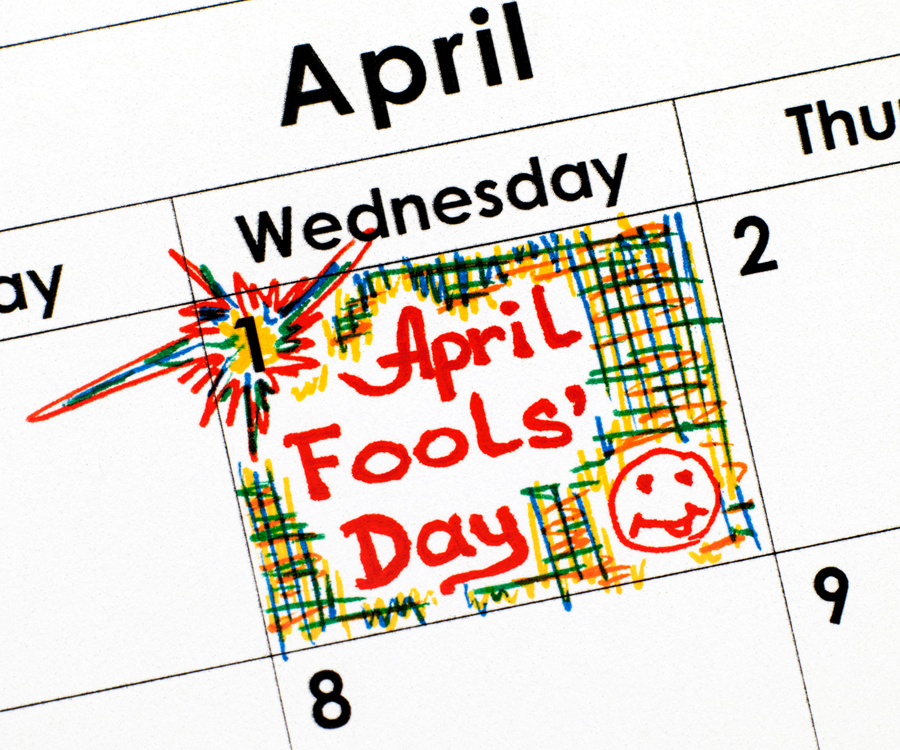Here are some things you may not have known about April Fools’ Day and its history of good-natured humor.
1. The origins of April Fools’ Day are unclear. Some historians believe the day’s customs stem from a calendar change in 16th-century France, when the Gregorian calendar was adopted and New Year’s Day moved from April 1 to Jan. 1. People who continued to celebrate the arrival of the new year on April 1 were referred to as “April fools,” prompting others to play tricks on them.
2. The day’s customs vary around the world. In France, people tape paper fishes to their friends’ backs and yell “poisson d’Avril!” when the prank is discovered. In Scotland, April Fools’ Day lasts two days and prank victims are called “gowks,” or cuckoo birds. In England and Canada, April 1 pranks are played only in the morning. In Brazil, the first day of April is known as “dia da mentira” or “day of the lie.”
3. Some famous pranks have been played on April 1. Examples: In 1957, the BBC news show “Panorama” aired a report about how Swiss farmers were experiencing a bumper spaghetti noodle crop harvest, thanks to the elimination of the dreaded spaghetti weevil. In 1996, Taco Bell took out a full-page ad in six major newspapers announcing that it had purchased the Liberty Bell in Philadelphia as a way to help the country pay off its national debt. And in 2013, the U.S. Army sent out a hoax press release announcing that cats were being drafted as a way to decrease military spending. The Army’s K-9 units, presumably, were not amused.
